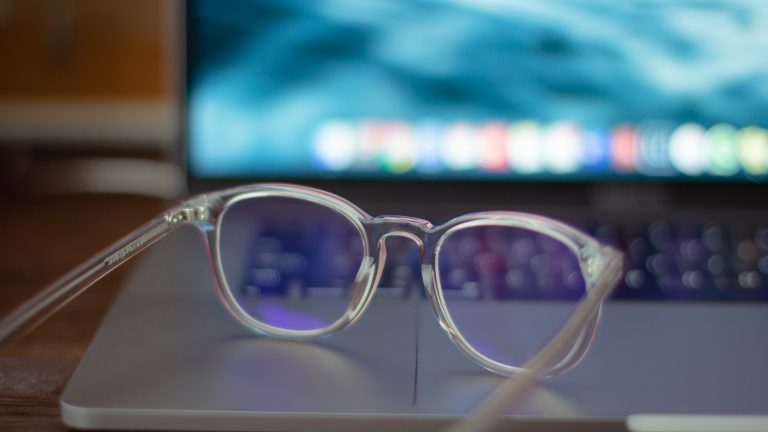Unless you’re a Film & TV student, you may not automatically think of including audiovisual sources in your essay or assignment. But, as this guide suggests, there’s a wealth of material out there for you to explore and it’s not all television box sets and subtitled films!…
In most disciplines, the dominant sources for academic research will always be journal articles and books, but more and more we are looking towards non-traditional sources for both evidence and opinion. The internet is probably the most likely ‘alternative’ source that students turn to, but even in non-arts subjects, film, television and other media can provide additional, and often unique, insights into a wide range of topics.
As with other media sources, such as newspapers and magazines, you will need to exercise caution when approaching audiovisual material. However, as long as you consider carefully who has created the object and for what purpose and don’t assume that it can always be relied upon as a factual account, it can be an incredibly rich seam. It’s also easier than ever to access. Gone are the days of lugging around cans of 35mm film and sitting in darkened basements peering at the tiny screen of a Steenbeck editing table (even though that is really cool!). You can watch/listen to a huge number of film, TV and sound clips, all from the comfort of your own room! Here are just a selection.
Box of Broadcasts
Box of Broadcasts – or ‘BoB as it’s affectionately known – is basically a huge online repository of off-air television and radio recordings, made under an educational licence, which are freely available for staff and students at universities and other educational establishments who take out a subscription, including Warwick. As well as a huge archive of over 2 million existing items, there is also the option to request up to 10 new recordings a day from a wide range of terrestrial channels. Unlike the ‘catch-up’ services, such as iPlayer and the ITV Hub, programmes won’t just disappear after a few weeks and you can also create your own playlists and save clips. It is only available in the UK though, so you might have to think ahead if you’ll be working on your project or assignment in another country.
Our verdict: Searching can be a little bit tricky (try using the Advanced Search options if you get too many matches), but if you’re looking to dip your toe into audiovisual research, BoB is great for pretty much any discipline.
BFI Player
BFI Player is an on-demand streaming service from the British Film Institute. While their premium content is offered on a rental or subscription basis, they also have lots of older material for free. Most of this comes from the BFI’s own extensive archive, but they have also been working with smaller, regional film and media archives to provide wider access to their collections through the Britain on Film project. The BFI also provides ScreenOnline (available on campus only), which includes some embedded video content, as well as useful articles on the history of British film and TV.
Our verdict: Good for non-fiction content and particularly useful if you have an interest in British history.
The British Library
The British Library has a whopping 150 million items in its collections and although only a small proportion of these are sound or moving image, it still adds up to over 3.5 million titles! Although not all of these have been digitised, there are thousands of audio files available to listen to for free on the Sounds website, including oral history interviews, early spoken word recordings and the archive of the BBC’s Listening Project.
Our verdict: Although representing only a fraction of the BL sound and moving image material, the Sounds website offers a surprisingly diverse selection of material and themed collections.
The Wellcome Collection
The Wellcome Collection is a museum and library focusing on health and life sciences. As well as 0.75 million books, they also hold one of the world’s largest collections of film, video and audio about medicine, health and welfare. They have been digitising content since 2009 and there is now a substantial amount of material available to download in mp4 format via their catalogue. There are also films available to view on their YouTube channel.
Our verdict: More specialist than the other resources listed here, but still offers a diverse selection of material across the sciences.
Other places to look
There are a number of other sites that might be worth a look. If your interest is in 20th Century history, the Library provides access to the controversial American newsreel series March of Time, covering the period 1935-1967. The BBC Archive website has a growing number of television and radio programmes, including curated collections of clips on particular themes. As well as contributing to the BFI Player, the regional film and media archives also have their own websites and often provide online access to selected material from their collections, for example the Media Archive for Central England and the Yorkshire Film Archive both have digitised content available via their catalogues. Commercial services, such as British Pathé and Getty Images, which holds the ITN Archive, often provide ‘preview’ copies of material on their website, which can be useful for academic research.
Do you already use audiovisual material alongside written sources? Do you have recommendations not included here? We’d love to hear your suggestions!
